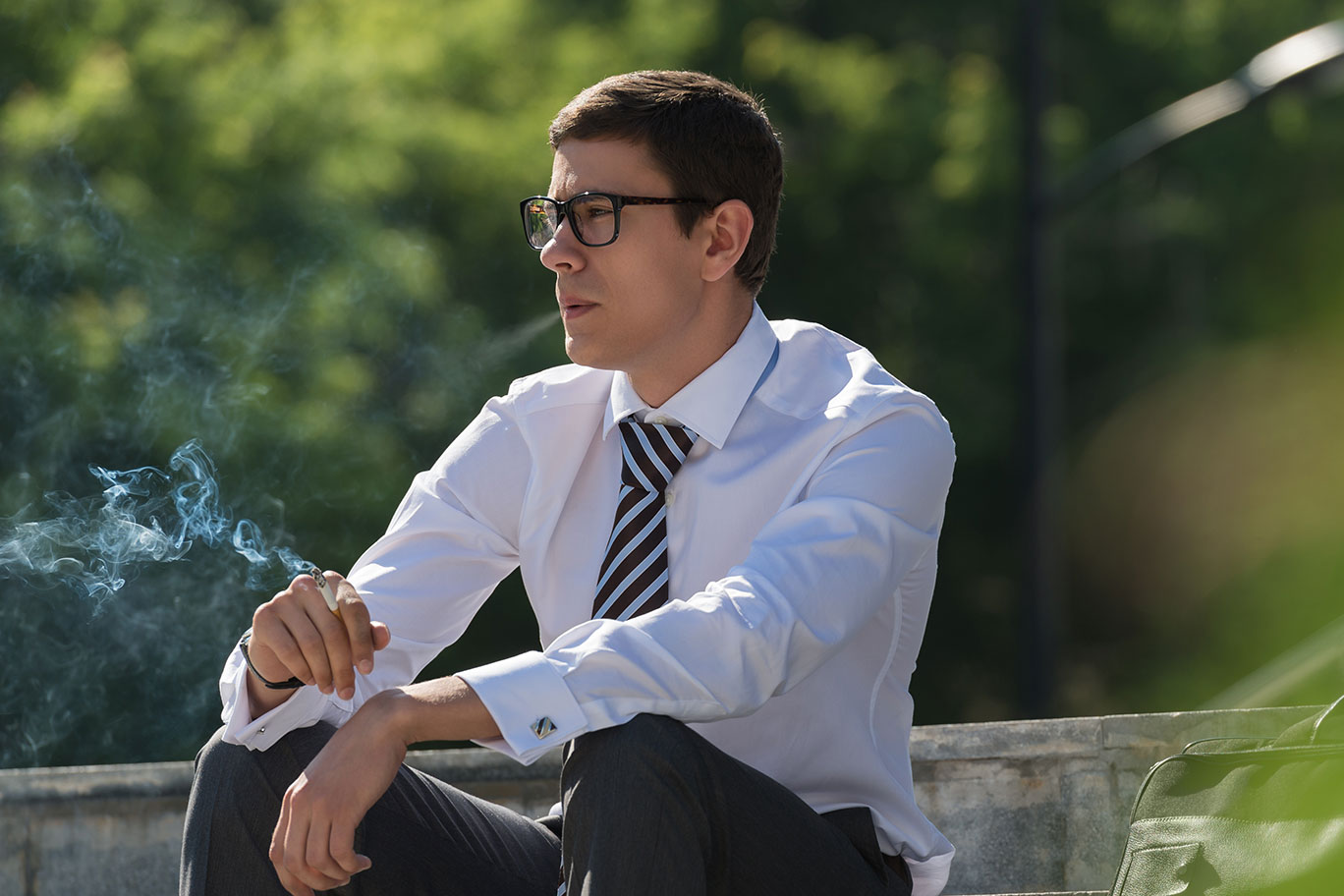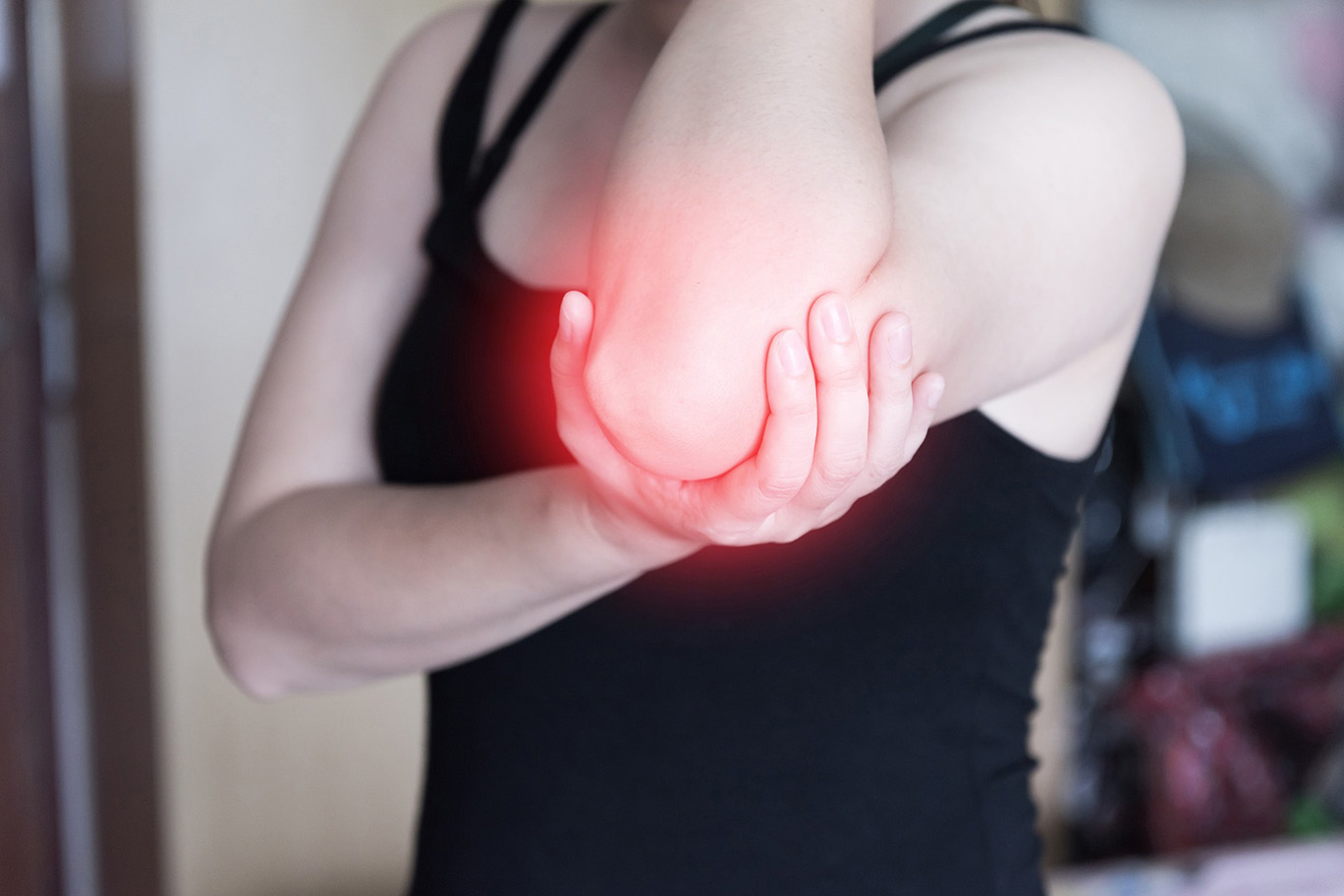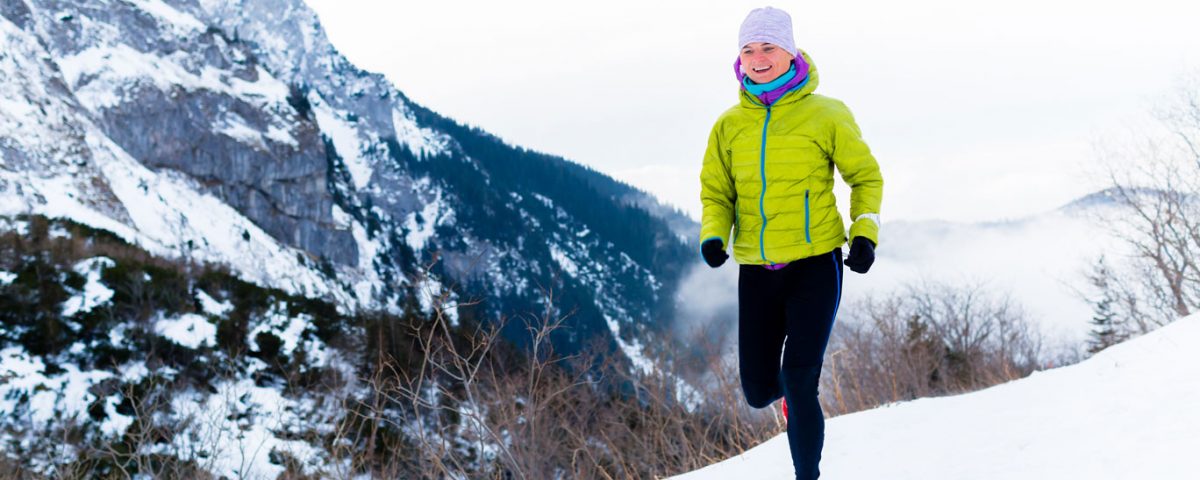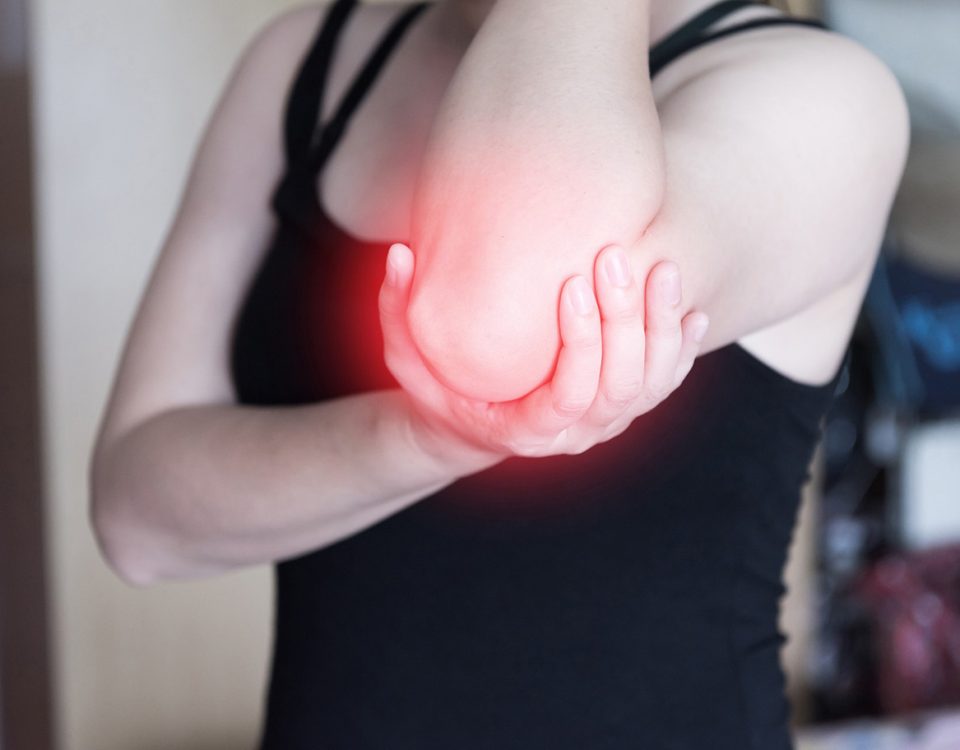
Smoking and physical activity
5 July 2017
Fibromyalgia Blog
14 May 2018Winter sports outdoors in cold weather

Snow, ice, reduced brightness and sometimes freezing temperatures have been part of our winters forever. Despite this, we want to make the most of this beautiful season to continue to practice our sports and outdoor activities. But is it realistic and what precautions to take? In fact, the cold should not prevent us from practicing our winter sports. To achieve this, there are still some precautions to take.
There are certain restrictions to know and respect. The people who suffer from respiratory diseases (asthma, chronic bronchitis or emphysema) or from cardiac diseases (angina or those having already undergone an infarction or a stroke (AVC)) should abstain from or proceed in a progressive way. Why? When the weather is cold, the heart beats more quickly in order to heat us and thus keep our adequate body temperature. The cold increases the energy needs of the body which can be compared to a test of effort. The cold can also irritate the respiratory tracts. The passage by the high ways avoids the cooling of the pulmonary system and its irritation. Tips: breathe in by the nose and breathe out by the mouth, you can cover the mouth and the nose using a scarf and try to avoid any passage from a hot temperature room to a freezing cold place.
Frostbite and falls from frozen soil are also associated with cold temperatures. Let’s talk first about frostbite and the risk of hypothermia. Our body evacuates the heat by the extremities and more particularly by the head. This phenomenon occurs when it is very cold. The brain tends to cool, and to keep it at a constant temperature, the blood normally present in the extremities (fingers and toes) is redirected to the brain. That’s why the ends of our bodies get colder faster. It is therefore important to cover your head, neck, hands and feet. Be sure to wear appropriate clothing and footwear to keep your extremities warm and to avoid heat loss. We do not necessarily think about it but the more the thermometer falls, the harder the ground is and no longer dampens the blows. The risk of injury caused by a fall is then higher. Slow down your pace or change your route for your usual winter sports.
One should not forget one important step: warm-up. The warm-up in cold weather must be longer because the muscles but also the ligaments and tendons, take longer to relax and that the blood circulates less well towards the extremities. Practical tip: start warm-ups indoors before going out to do your winter activities and do not forget to hydrate yourself.
Finally, listen to your body. A loss of sensation at the extremities, a persistent headache, a feeling of discomfort or difficulty breathing are all alarm signals that should not be ignored. Whether it’s walking, running or any other winter activity, have fun and be careful.



